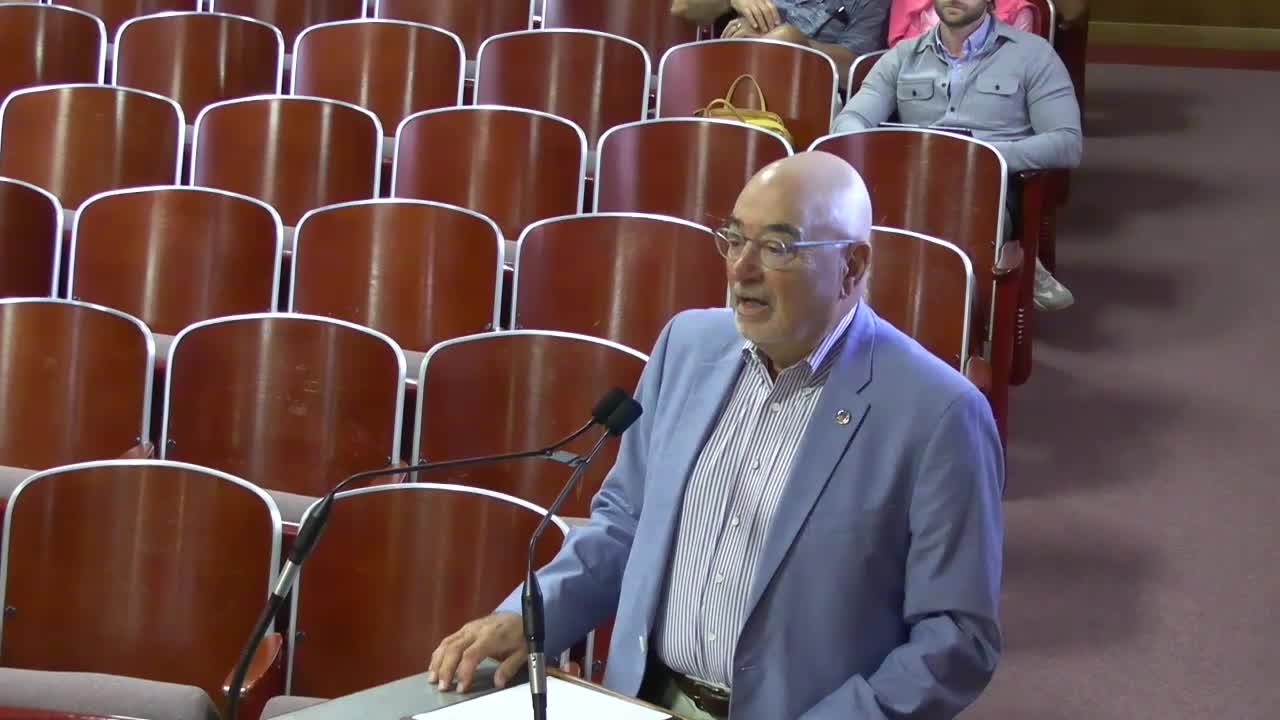Candidates propose bold strategies to tackle housing crisis
August 06, 2024 | Napa City, Napa County, California
This article was created by AI summarizing key points discussed. AI makes mistakes, so for full details and context, please refer to the video of the full meeting. Please report any errors so we can fix them. Report an error »

During a recent city council meeting, candidates for the planning commission presented their qualifications and visions for addressing Napa's housing challenges and community development. The discussions highlighted the urgent need for the city to meet its housing goals, with a target of constructing approximately 7,800 new homes by 2030. Currently, the city has only completed about 50 homes in the first half of the year, raising concerns about the pace of development.
Chuck, one of the applicants, emphasized his unique background as an appeals lawyer, arguing that his expertise could facilitate a smoother development process. He stressed the importance of adhering to established standards to foster a business-friendly environment, suggesting that a consistent application of regulations would encourage developers to invest in Napa.
Richard, another candidate, echoed the sentiment that housing is the most pressing issue facing the city. He advocated for sustainable development practices and infill housing, particularly in areas already equipped with necessary services. Richard also highlighted the importance of community engagement, proposing that the planning commission should act as a bridge between developers and residents to address concerns and improve project outcomes.
Erin, a newcomer to Napa but an experienced urban planner, shared her insights from working in various municipal roles. She expressed a commitment to understanding the staff's perspective and ensuring that the planning process is transparent and inclusive. Erin noted that her current work as a consultant would minimize potential conflicts of interest if appointed to the commission.
The council members engaged with the candidates, probing their strategies for balancing community concerns with regulatory compliance. The discussions underscored the critical role of the planning commission in navigating the complexities of urban development while fostering a collaborative environment among stakeholders. As Napa moves forward, the emphasis on housing and community accessibility remains a central theme in the city's planning efforts.
Chuck, one of the applicants, emphasized his unique background as an appeals lawyer, arguing that his expertise could facilitate a smoother development process. He stressed the importance of adhering to established standards to foster a business-friendly environment, suggesting that a consistent application of regulations would encourage developers to invest in Napa.
Richard, another candidate, echoed the sentiment that housing is the most pressing issue facing the city. He advocated for sustainable development practices and infill housing, particularly in areas already equipped with necessary services. Richard also highlighted the importance of community engagement, proposing that the planning commission should act as a bridge between developers and residents to address concerns and improve project outcomes.
Erin, a newcomer to Napa but an experienced urban planner, shared her insights from working in various municipal roles. She expressed a commitment to understanding the staff's perspective and ensuring that the planning process is transparent and inclusive. Erin noted that her current work as a consultant would minimize potential conflicts of interest if appointed to the commission.
The council members engaged with the candidates, probing their strategies for balancing community concerns with regulatory compliance. The discussions underscored the critical role of the planning commission in navigating the complexities of urban development while fostering a collaborative environment among stakeholders. As Napa moves forward, the emphasis on housing and community accessibility remains a central theme in the city's planning efforts.
View full meeting
This article is based on a recent meeting—watch the full video and explore the complete transcript for deeper insights into the discussion.
View full meeting
